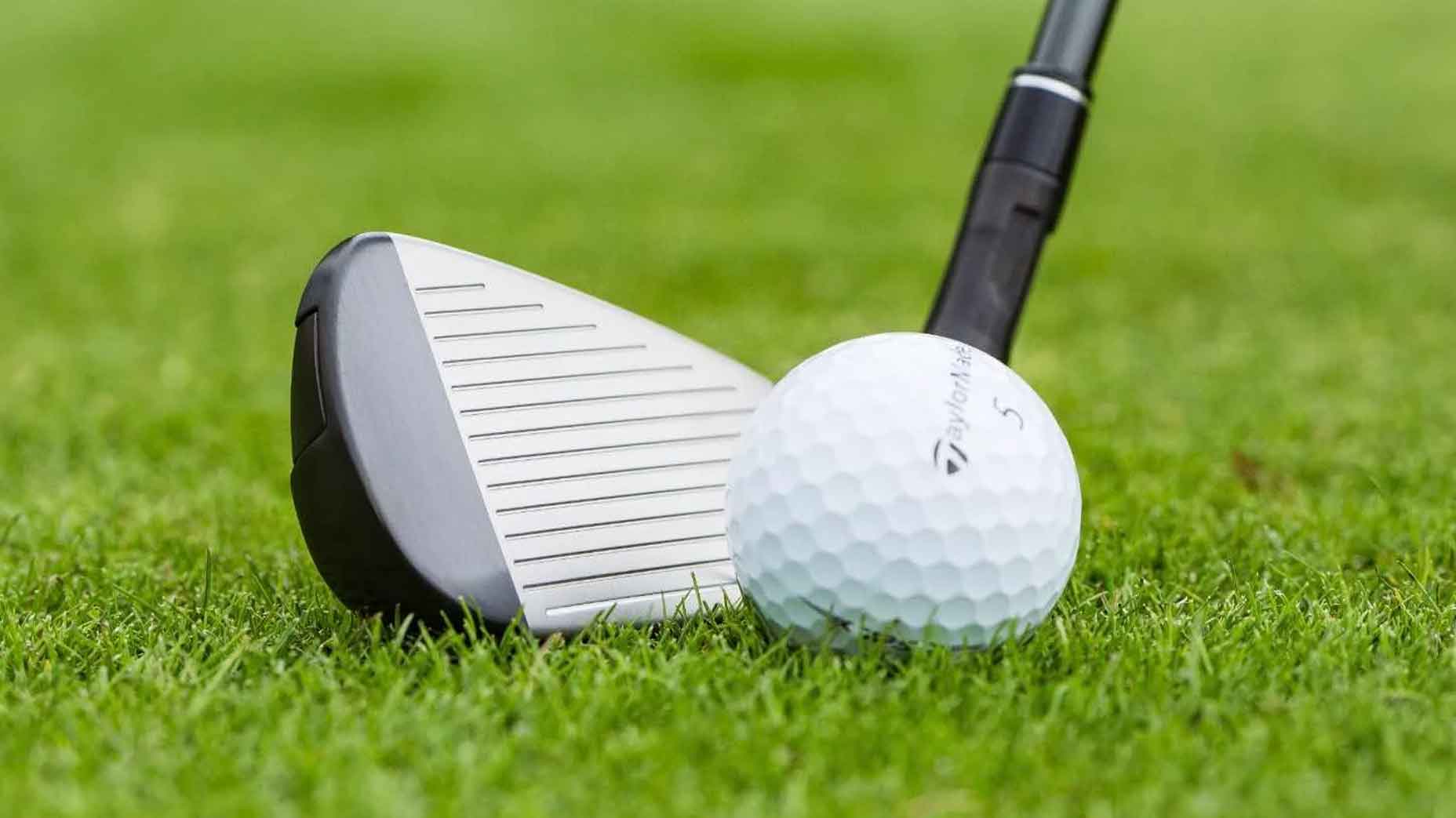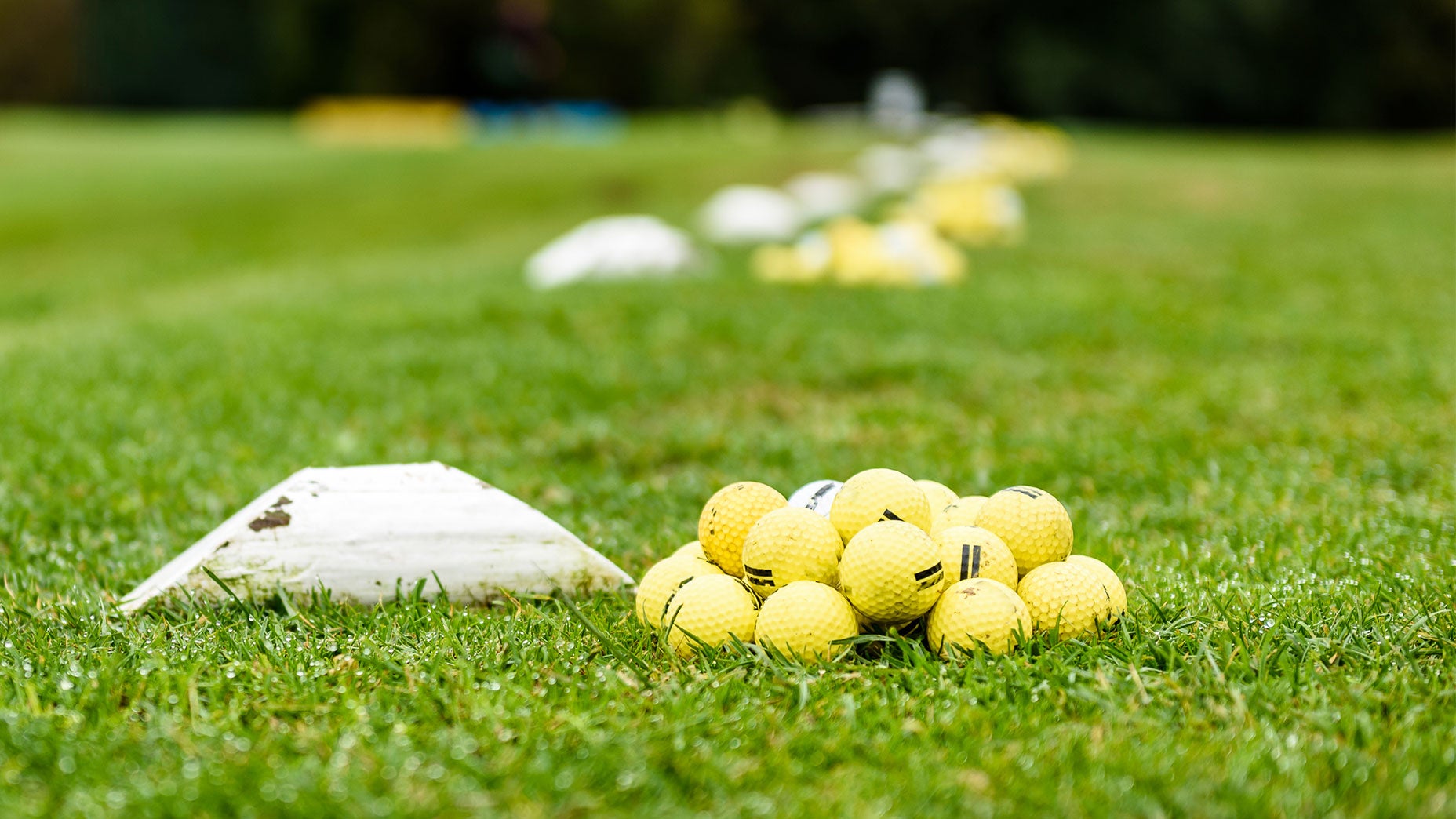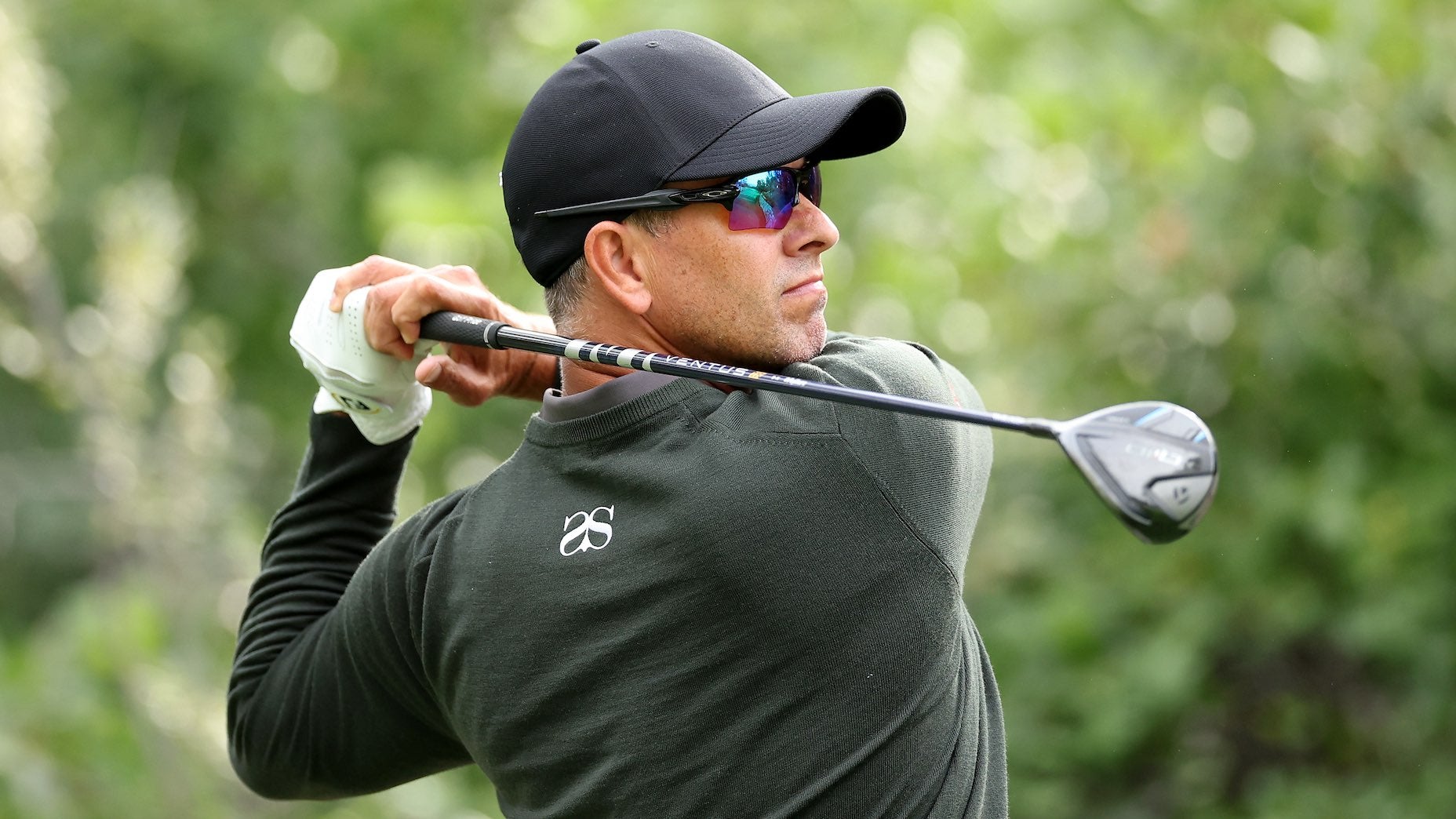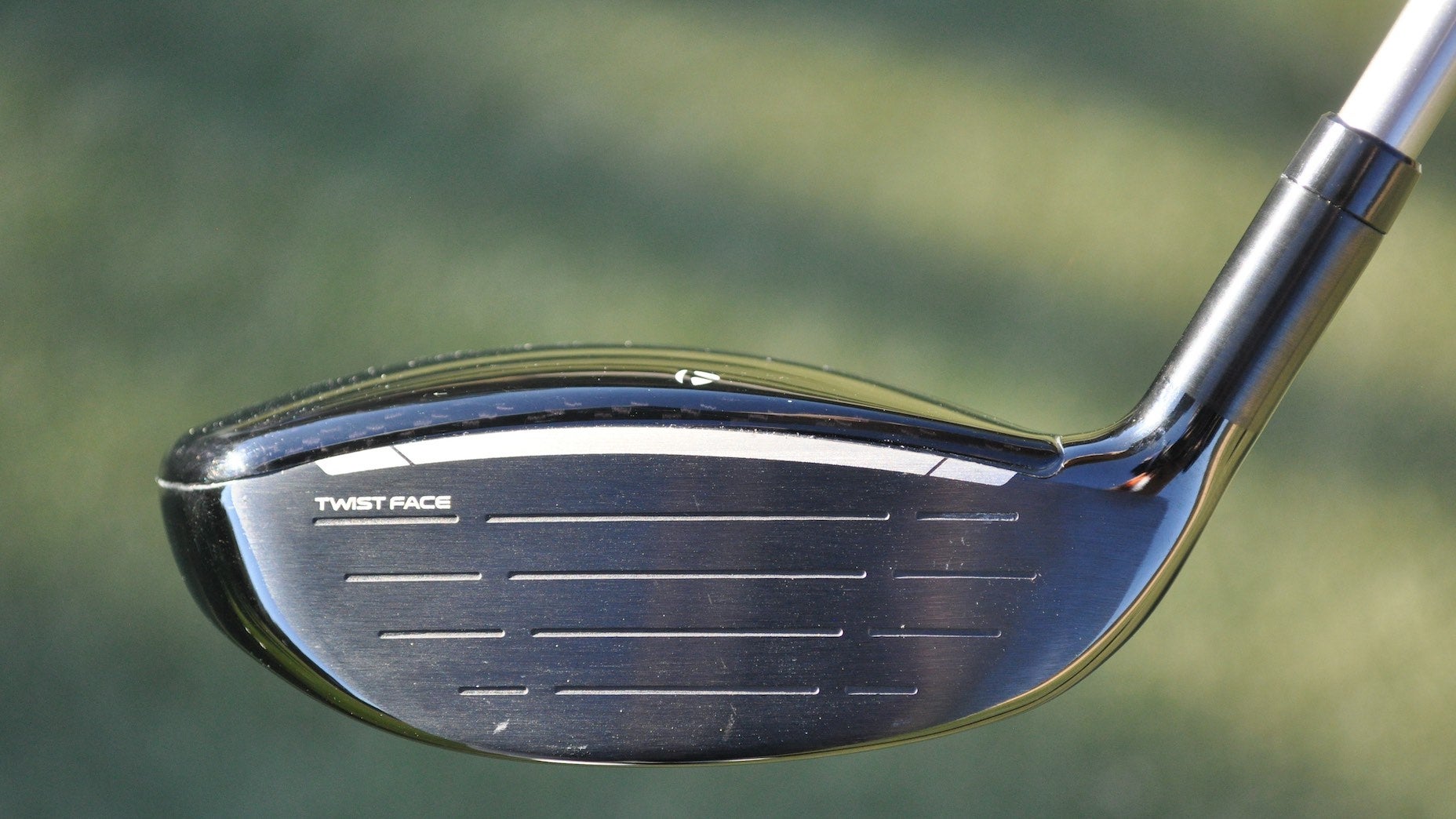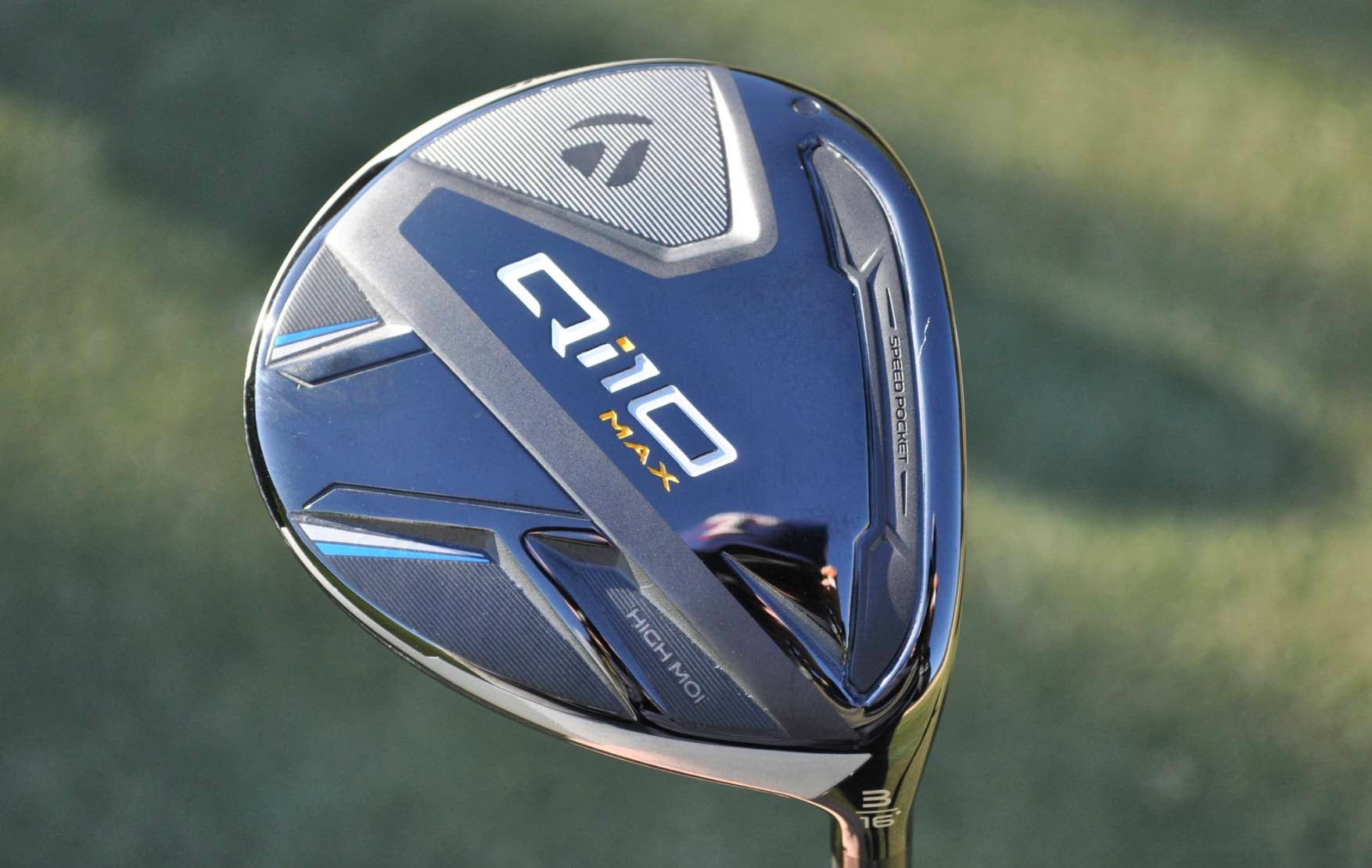Welcome to GOLF’s RoboTest lab, where we set out to debunk common gear myths and provide fresh insights on ways to improve your own game with the help of Gene Parente’s Golf Laboratories robot and data from Foresight’s GCQuad launch monitor.
The driver is the most forgiving club in the bag.
This is a fact, not an opinion. Boasting a generous face with plenty of mishit protection, it’s possible to hit it squirrely with many of today’s drivers and still keep it on the map. But for some recreational players, not even an oversized head can keep them from hitting penalizing misses off the tee.
The longer shaft length can make it difficult to square up the face, and some golfers simply don’t know how to efficiently deliver the club at impact to reap the benefits. Speaking from experience, I play regularly with several golfers who feel far more comfortable hitting 3-wood off the tee. The shorter length makes the club more manageable, and they routinely produce longer drives with the fairway wood.
Golfers have been wondering for years why their 3-wood goes farther than their driver in some situations, so we put the robot to work in a head-to-head test pitting a 10.5-degree driver against a 15-degree 3-wood (negative 2 degrees attack angle). As we learned, you might be better off opting for 3-wood at certain swing speeds.
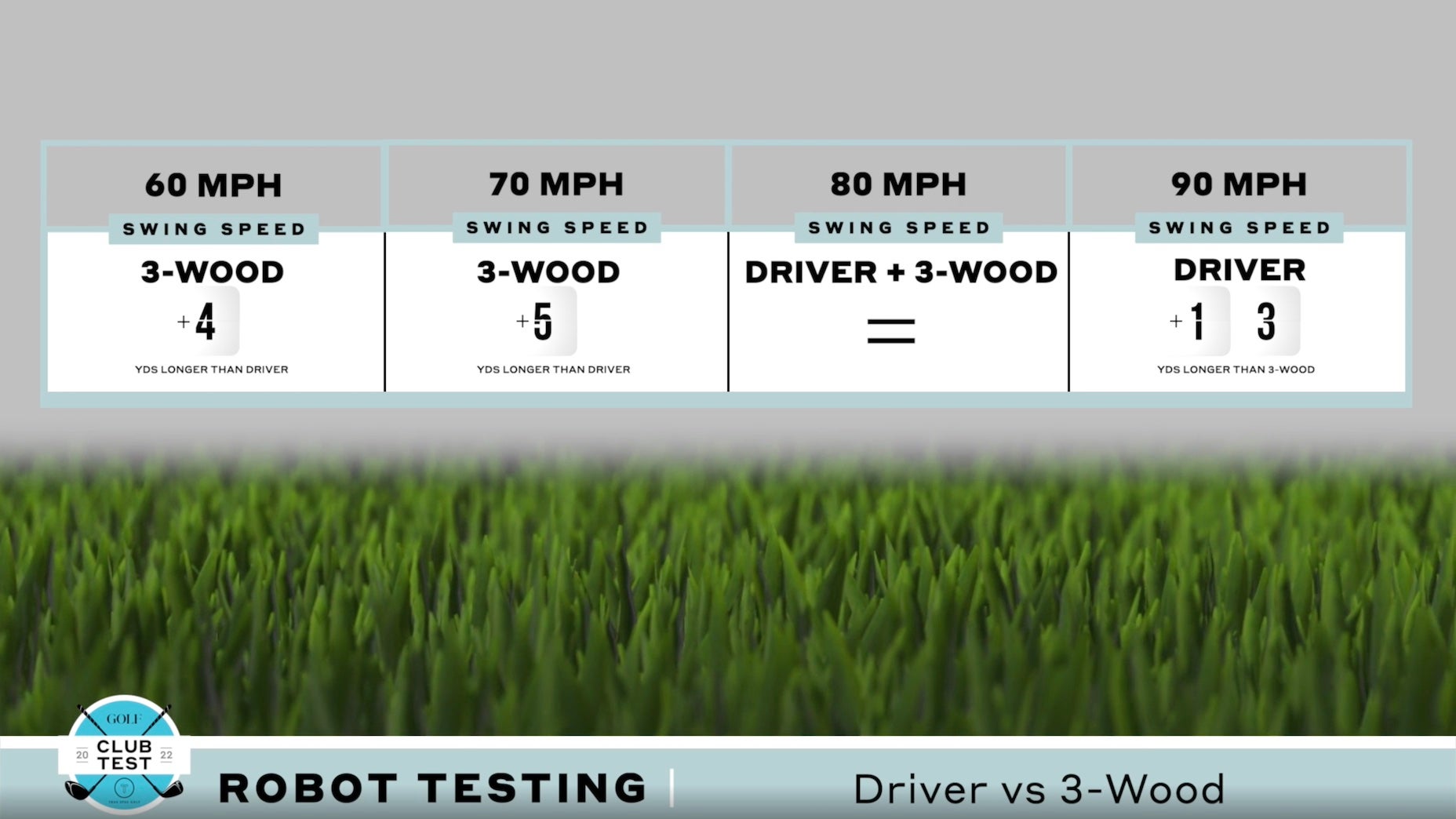
Using Foresight’s GCQuad launch monitor to capture the data, we ran the robot at four different speeds (60, 70, 80, 90 mph) and recorded carry distances on six center strikes to determine if there was a clear-cut distance winner.
What might surprise some golfers is that you’re actually going to see more carry distance with the 3-wood at 60 and 70 mph — swing speeds that fall on the slower end of the spectrum. (Dispersion numbers between the driver and 3-wood were nearly identical as well.)
“The slower you swing, the more lift you need to get the ball in the air,” said Gene Parente, Golf Laboratories founder. “The natural loft of the 3-wood provides that. The driver has less spin and less loft, so at slower speeds that actually hurts you. Up to 80 miles per hour you can actually hit the 3-wood just as far as the driver.”
Another added benefit to using 3-wood is that the shorter shaft makes it easier to not only square the face up at impact but deliver consistent contact — something most golfers tend to struggle with.
If you’re above 80 mph, you can rest easy knowing the driver is going to deliver the best distance numbers off the tee. However, anything below that number makes the decision a bit more difficult. In many cases, it might be best to pull 3-wood and let it rip to gain a few extra yards.
Want to overhaul your bag for 2022? Find a fitting location near you at GOLF’s affiliate company True Spec Golf. For more on the latest gear news and information, check out our latest Fully Equipped podcast below. For more exclusive robot-testing insights, join InsideGOLF for only $20/year.

